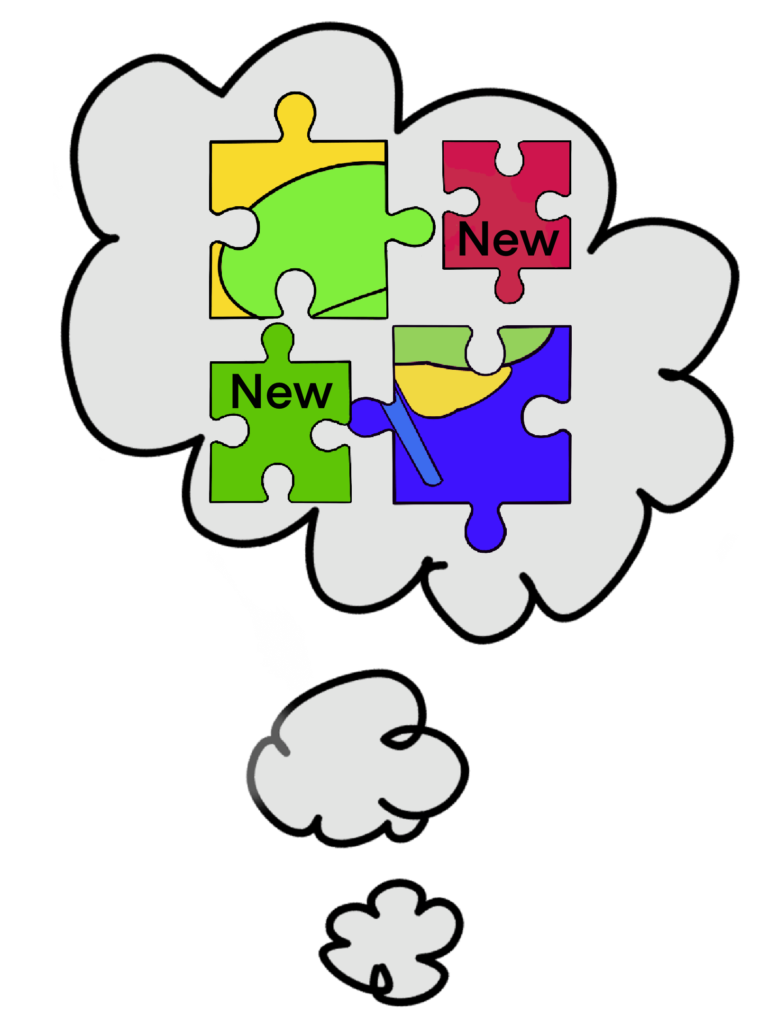The Intricacies of Memory Storage: A Neuroscientific Perspective
Understanding how memories are generated because of neural communication and the types of memories is a great way to break down the process of how memories are stored in our brain. If we combine all the information learned from the past two articles, “Neurobiology of Memory Storage” and “Types of Memories.” It becomes very clear how our brain generates new memories and stores them to recall them later. The same processes are also responsible for generating new neural connections, which become new ideas and memories. This article will discuss the conditions for storing these new memories and how our brain interprets them.

1. Understanding Memory Storage: Conditions and Processes
The article “Neurobiology of Memory Storage” discusses that electrical signals are the language of our brain to interpret the environment. The electrical signals responsible for interpreting the experiences are also responsible for triggering neighboring neuron clusters. Although our conscious mind is only focused on the active experience, the accidental triggering of neurons generates additional responses and interpretations that we don’t initially realize but are stored in the subconscious mind. The hippocampus is carefully observing these triggered neuron clusters and saving the information from them to be analyzed later. We analyze this information as we sleep.
The article also discusses that the accidental triggering of neurons is a fleeing effect, and the energy from signals eventually dies down. This means not all of the neurons in a cluster get triggered. However, even a small propagation of neurons produces some information that is progressively stored in our subconscious mind. These are unstructured memories that do not make any sense. The clusters can be randomly activated from anywhere in the middle. So, there must be some condition that defines what information should be considered useful to be stored, right? Well, there are. We know that our brain stores memories in two different formats: Sentences and Pictures. For a memory to be considered useful, it must be at least one word or trigger neurons that produce at least one image.
If an accidentally fired neuron cluster is able to meet one of these conditions, it is analyzed further; otherwise, the hippocampus deletes these memories immediately. This does not mean that the remaining memories are safe yet. There is another condition called “Logic,” which validates that these memories are fit for storage. Note: Emotional Relevance is a condition that is only applicable for storing conscious memories, not subconscious memories. Let’s explore how logic helps structure these random memories.
2. Deciphering How Memories Are Stored in the Brain
Logic corelates with the existing memories and neuron clusters that already exist in the brain. It is more energy efficient and convenient for the hippocampus to recall a memory if the new memories can be stored on top of the old neural pathways or by modifying them a little. So when an old memory is triggered, the new memory has a greater chance of being recalled. This is how we progressively learn and gain new experience based on our existing knowledge. We cannot learn to read or write without learning the alphabet first. This is also the reason experience is considered valuable in the workplace. Because the experienced person has more developed neural pathways. We can see these neural pathways as polymers of a carbon chain. If you have ever seen a diesel carbon chain diagram or any polymer chain diagram, for that matter. These are long chains of atoms that have the ability to add a new chain on top of the existing chain. Adding information to the system. This does not change the property of the chain, but we call them by different names.
3. Exploring the Neuroscience of Memory Formation
Once new memories are encoded, the process of consolidation begins, where fragile, labile memories stabilize and become more resistant to interference. This phase involves the strengthening of neural connections and the integration of new information into existing knowledge networks. We delve into the mechanisms underlying memory consolidation, exploring how repeated retrieval and rehearsal contribute to memory stability and longevity. Additionally, we examine the role of sleep in memory consolidation, elucidating how different stages of sleep facilitate the transfer of memories from short-term to long-term storage. Through a deeper understanding of consolidation processes, we uncover the intricate dynamics that govern memory formation and retention.
4. Conclusion
As we navigate the intricate terrain of memory formation, we uncover the dynamic interplay of neural processes. By understanding the conditions and processes that govern memory storage, we gain valuable insights into the mechanisms driving human cognition. As we continue our exploration of the brain’s inner workings, let us marvel at the complexity and beauty of memory formation, a cornerstone of human experience and creativity. Stay tuned for the upcoming articles about different techniques and tools that help with memory.
